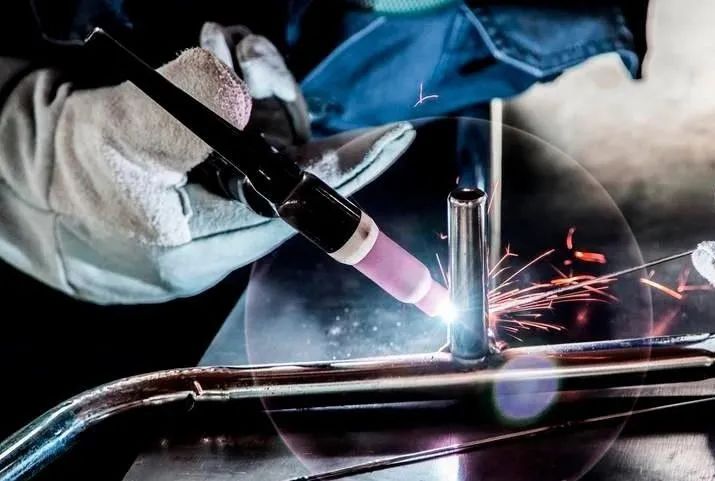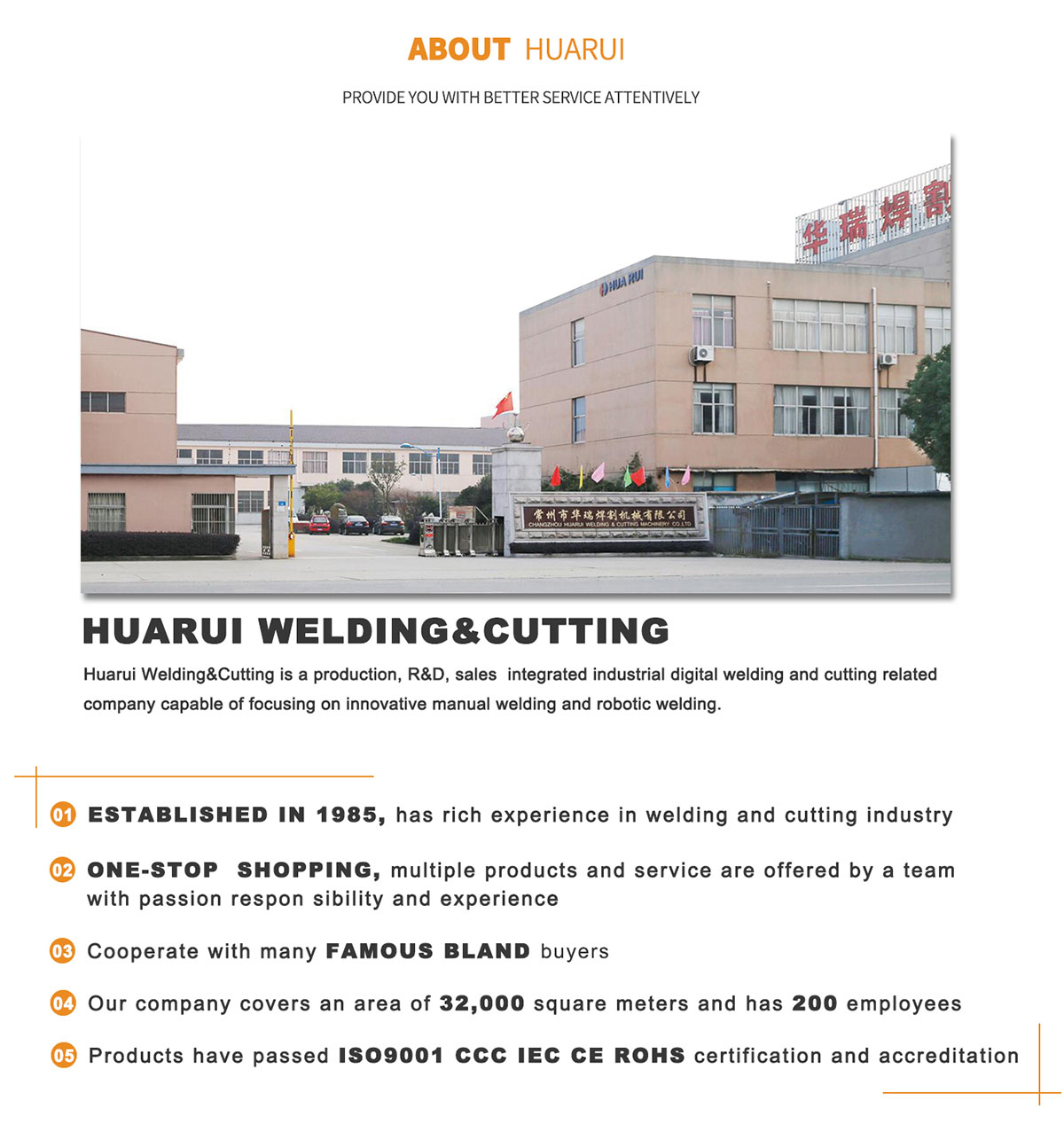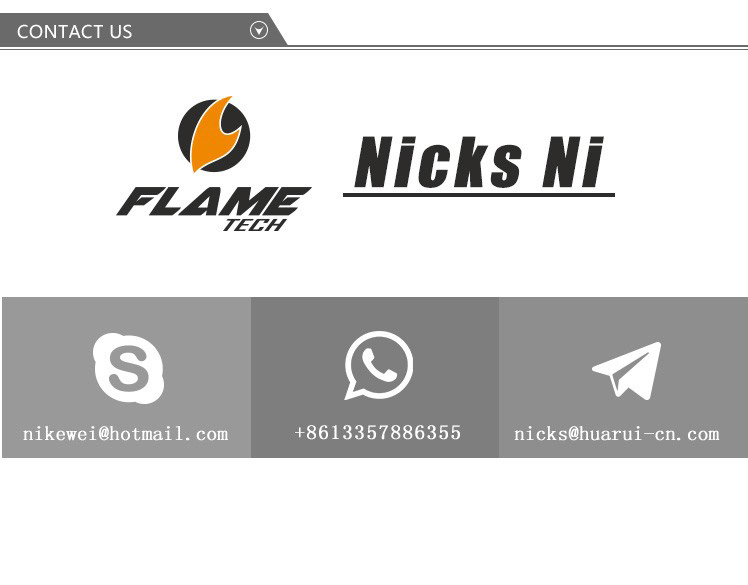 E-MAIL
E-MAIL
Like many other solid-state processes, resistance spot welding (RSW) relies on the material's inherent volume resistivity as a means of generating heat when an electric current passes through it. This physical phenomenon is described by Joule-Lentz's law (Joule's first law), which states that the heat (Q) generated by an electrical conductor is equal to the current (I) multiplied by the voltage (V) and the time (t) that the current is allowed to flow, or Q = IVt. Ohm's law states that voltage (V) is equal to current (I) multiplied by resistance (R), or V=IR. This means that Joule's law can also be written (after substitution) as Q=I2Rt.
In other words, the heat entering the weld is equal to the current multiplied by the resistance and the square of the time the current flows through the weld. Incidentally, this equation assumes that resistance and current are constant, which is not always the case with resistance welding. To help us further understand resistance heating (and subsequent resistance welding), it may help us to understand the relationship between the bulk resistivity of some materials and others. For the purposes of this talk, we'll limit things to a few materials that are common in our lives. Finally, resistivity is indicated by the Greek letter rho (ρ) in ohm-meters (Ω•m).
The volume resistivity of the materials we use in everyday life varies greatly. Here are some simple conclusions:
Copper has a very low volume resistivity value. That means it's a good conductor. It is this low volume resistivity that allows us to weld aluminum and iron alloys with electrodes made of copper without having to weld copper electrodes to parts.
The difference in bulk resistivity between aluminum and iron is large (about three times). However, it's not so big that we can't relate one to the other.
So how does the above information help us connect various aluminum alloys or any other material using the RSW process? Part of the reason is that the material generates heat when an electric current passes through it, and this is where volume resistivity comes into play. As we mentioned earlier, the total heat entering the weld can be expressed as Q=I2Rt. With this in mind, it makes sense that when comparing aluminum to iron, we would need more current or welding time to make up for the difference in total heat reduction due to loss of resistance. Often, however, when determining the best method for resistance spot welding, we cannot focus on just one material property, in this case volume resistivity.

First, because aluminum has a lower melting point, it reaches the plastic range at much lower temperatures than iron. This also means that the same volume of aluminum requires less heat to produce a melting temperature than iron. However, for aluminum alloys, it is more difficult to maintain sufficient plasticity to constrain melting because the plasticity range is very narrow. (The actual process window for acceptable spot welding for aluminum welding will be smaller than for welding with iron because we have a narrower range of allowable variations in current and welding time).
We now know the challenges we face. In order to successfully connect aluminum using the RSW process, we must take into account its lower (relative to iron) body resistivity, melting point, and plastic range. To help put it all together, the following rules of thumb may be helpful.
Rule of thumb
For RSW processes, there are a number of standardized welding procedures available, and they come in many forms. With the above in mind, is it possible to relate the information contained in the steel welding procedure to the information contained in the aluminum welding procedure? More importantly, is it possible to see how the welding industry explains the difference between these two materials? The short answer is yes. Although not accurate, a review of the steel (uncoated high strength low alloy) and aluminum welding diagrams should yield the following rough approximations. I call it the 3-1-1/3 rule.
Rule 3: For a given specification and control metal thickness (GMT), the typical current value of aluminum is approximately three times that of steel. This higher current requirement is caused both by the lack of bulk resistivity in the aluminum required to generate the heat required for melting, and by the heat drawn from the weld by the surrounding material. One place this rule is broken is if the surface of the aluminum has been freshly cleaned (think aerospace applications). In these cases, it is not uncommon for the secondary current required to be four times or more than the current in steel.
Rule 1: For a given specification and GMT, the welding forces of steel and aluminum will be roughly the same. A certain amount of unaffected substrate must be present to enclose the newly formed solder core, although depending on many factors, aluminum and steel weld forces are roughly the same. Note that we are not talking about the forging power that many aluminium can benefit from when joined by the RSW process. That's another subject.
1/3 rule: For a given specification and GMT, the welding time for aluminum is about 1/3 of the welding time for steel.
This is where the narrow plastic range really comes into play. This narrowing means that the process window for aluminum is smaller. Therefore, low and very targeted welding time values must be used.
Now that we know how to do resistance spot welding in aluminum, the next step is to understand that not all aluminum is created equal. Regardless of the alloy, or the post-treatment solution, the complete labeling should specify the required information.
Once the type of aluminum alloy to be treated is determined, the next step is to use this information and consult the compatibility chart to understand the best treatment method. These diagrams are available from a variety of sources, including AWS C1.1 Recommended Procedure for Resistance Welding or RWMA Resistance Welding Manual. Finally we can create the following categories:
1) The degree of difficulty of combination in welding problems. This category is usually sorted by difficulty and can even include recommendations not to weld materials together.
2) Pre-cleaning requirements. This can range from never requiring (very rare) to surfaces that require chemical and/or mechanical cleaning before they can be welded. It is important to note that I have yet to see how the existing surface pretreatment on the market is included in these charts. If your material has such a coating, it may be beneficial to consult the manufacturer.
3) Corrosion resistance of the obtained weld metal. In particular, it is either as good as the base material or it is not.
4) Admit that the chart is incomplete. Just like surface pretreatment, the world of substrates is constantly evolving, so you may want to contact manufacturers to see how compatible they are with the material.
Once the compatibility problem has been solved, it is now only necessary to use the basic principles of RSW for welding. Anyone who has read the RWMA Q&A column for a long time will know this: Use the right sized device and have a power supply with the right electrode cap on the right designed part. If you do this, you will have a cost-effective and robust welding process. So, although there are other ways to connect metal materials, RSW is not going away anytime soon.

HUARUI alibaba shop:
https://topwelding.en.alibaba.com
https://czhuarui.en.alibaba.com


 master@huarui-cn.com
master@huarui-cn.com 86-519-86371071
86-519-86371071 86-519-86371072
86-519-86371072
View More(Total0)Comment Lists